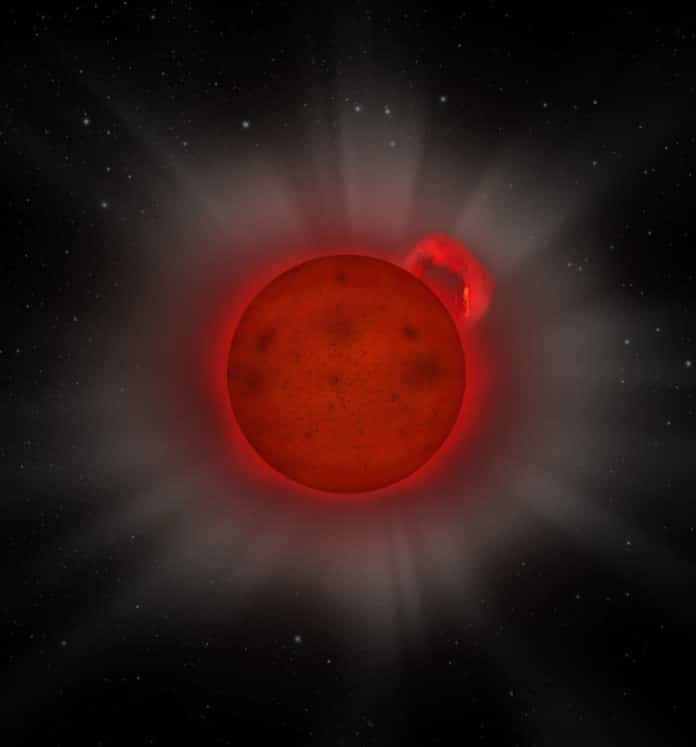Known by its catalogue number J0331-27, the star called an L dwarf recently caught emitting an enormous ‘superflare’ of X-rays – a dramatic high-energy eruption that poses a fundamental problem for astronomers.
The star release flares when the magnetic field in a star’s atmosphere becomes unstable and collapses into a more straightforward configuration. This explosive release of energy creates a sudden brightening.
The enormous X-ray flare in data was originally recorded on 5 July 2008 by the European Photon Imaging Camera (EPIC) on board ESA’s XMM-Newton X-ray observatory. The superflare was discovered in the XMM-Newton data archive as part of a large research project led by Andrea De Luca of INAF.
Just within a few minutes, the star emitted more than ten times more energy of even the most intense flares suffered by the Sun.
Beate Stelzer, Institut für Astronomie und Astrophysik Tübingen, Germany, and INAF said, “This is the most interesting scientific part of the discovery because we did not expect L-dwarf stars to store enough energy in their magnetic fields to give rise to such outbursts.”
As an L dwarf, however, J0331-27 has a low surface temperature for a star – 2100K compared to the roughly 6000K on the Sun. Astronomers did not think such a low temperature would be capable of generating enough charged particles to feed so much energy into the magnetic field. So the conundrum is: how a superflare is even possible on such a star.
Andrea De Luca, INAF, Istituto di Astrofisica Spaziale e Fisica Cosmica, Milano, Italy, said, “There is still much to be discovered in the XMM-Newton archive. In a sense, I think this is only the tip of the iceberg.”
The study is published in the Astronomy & Astrophysics.
